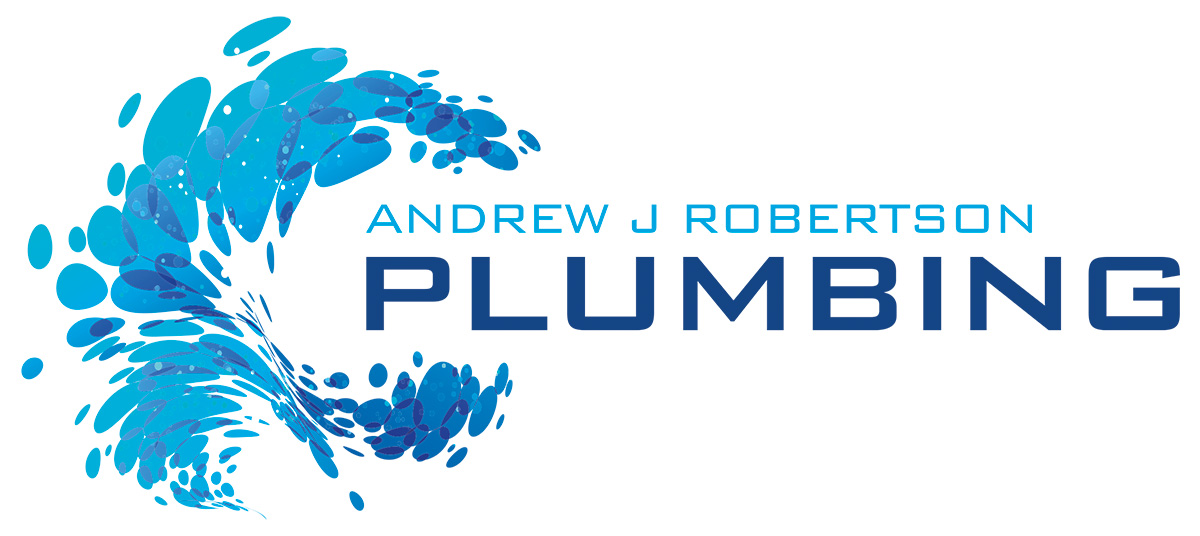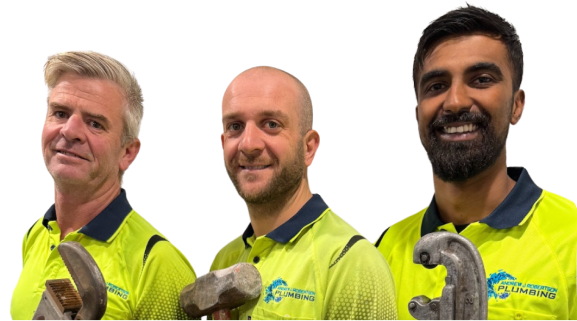A roof plumber plays a vital role in maintaining the integrity of your roof and protecting your home from water damage. While most homeowners focus on the visible parts of their roof, such as tiles and gutters, it’s equally important to address potential plumbing issues within your roof system. Leaks, drainage problems, and blocked pipes can cause significant damage if left unchecked.
Table of Contents
Visible Leaks in Your Ceiling or Walls
One of the most obvious signs of roof plumbing issues is water leaking inside your home. If you spot damp patches or stains on your ceiling or water running down your walls, it’s a clear indication of a problem with your roof or plumbing. Leaks often occur around roof vents, skylights, or chimneys, where the flashing may be damaged or worn. These leaks may start small but can quickly escalate, leading to extensive water damage, mould growth, and structural problems.
Clogged or Overflowing Gutters
Your roof’s drainage system is responsible for directing water away from your home. Blocked gutters and downpipes can obstruct water flow, causing it to back up and potentially damage your roof and foundation. If you notice water overflowing from your gutters or ineffective drainage, it’s time to inspect the system.
In many cases, blocked gutters are caused by debris like leaves and twigs. However, if cleaning the gutters doesn’t resolve the issue, there may be a more serious problem with the roof plumbing or drainage system, such as cracked pipes or misaligned downspouts.
Sagging Roof
A sagging roof is another clear indication that something is wrong with your roof’s plumbing. This could result from blocked gutters causing water to pool on the roof, or it may point to an issue with the roof’s internal structure. A sagging roof is a serious concern and can lead to even more expensive repairs if not addressed promptly. If you notice any sagging, contact a roof plumber immediately to assess the situation and make necessary repairs.
Unpleasant Smells or Mould Growth
A musty smell in your attic or roof space could indicate stagnant water due to a roof plumbing issue. Over time, trapped water can lead to mould and mildew growth, which not only damages your roof but can also pose serious health risks. Mould spreads quickly and can be hidden inside walls or attic insulation, so it’s essential to deal with the root cause of the issue promptly.
If you detect a mouldy odour or visible mould, a roof plumber can inspect your drainage system, roof vents, and flashing for any signs of damage or blockages.
Noisy Pipes
Gurgling or bubbling noises from your pipes, especially during or after rainfall, suggest that your roof’s drainage system may be blocked or malfunctioning. These sounds occur when air or water is trapped in your plumbing system, indicating that water isn’t flowing freely through the downpipes or gutters. It’s important to have this assessed by a roof plumber to prevent further blockages that could lead to leaks or water damage inside your home.
Damaged or Missing Roof Flashing
Roof flashing seals joints and prevents water from seeping into your roof. Over time, flashing can crack, rust, or detach due to wear and tear, extreme weather, or poor installation. If your flashing is damaged, water may leak through the roof, damaging your ceiling, walls, or insulation.
A roof plumber can inspect your flashing and carry out repairs to ensure that water is properly directed away from your home.
When to Call a Roof Plumber
If you notice any of the signs above, it’s essential to contact a roof plumber straight away. A professional can quickly diagnose and fix roof plumbing issues, preventing further damage and costly repairs. Ignoring the problem could also lead to serious risks for you and your house.
Don’t wait for the problem to worsen. Contact Andrew J Robertson Plumbing for expert roof plumbing services. Whether it’s leaks, blocked drains, damaged flashing, or sagging roofs, our team is ready to handle it all.


